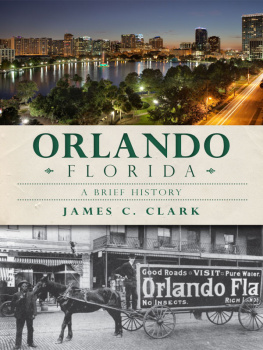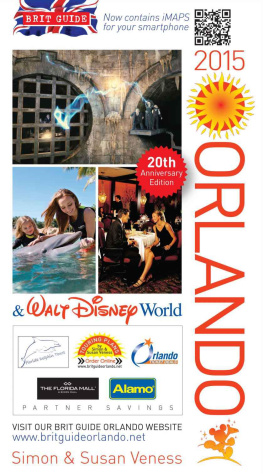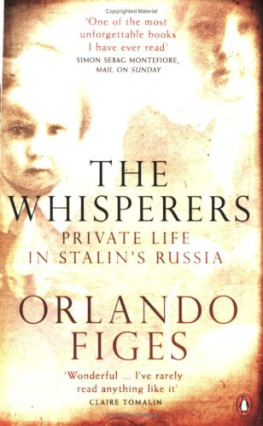THE ORLANDO, FLORIDA, CIVIL RIGHTS MOVEMENT:
A CASE STUDY IN COOPERATION AND COMMUNICATION,
19511971
Front Cover photo: A 1956 photograph of the trailblazing Orlando African-American police officers. Back Cover photo: the Swearing-in of Belvin Perry, Sr. and Richard Arthur Jones (from left) by Orlando Mayor William Beardall, January 3, 1951.
Murfeus Publishing, Cocoa, Florida, 2014.
Printed in the USA
Copyright 2014 by Fred Altensee. All rights reserved. No part of this work may be reproduced in any format including digital or electronic without the express and written permission of the copyright holder. All rights reserved.
ISBN: 978-1-9433330-8-0 (e-book)
DEDICATION
I dedicate this work to my amazing wife Erika, who has always believed in me even when I did not, whose support in this project (including assisting in transcribing interviews) contributed to it being brought to fruition. I also dedicate this work to the people everywhere who had the courage to change their world in the turbulent and dangerous civil rights era and to those that make up the thin blue line, particularly to the Orlando African-American police trailblazers who changed their community as well as the city of Orlando in profoundly positive ways.
Acknowledgments
I would like to thank my family and friends for their support as I worked on this endeavor. I also thank Dr. Mark D. Bowles, Thesis Professor, for his enthusiasm, patience and guidance and Dr. Ginette Aley, Content Specialist, for her suggestions and assistance. I would also like to thank Garret Kremer-Wright, archivist for the Orange County Regional History Center, and the archival librarians at the Orlando Public Library for their assistance in conducting research for this project. Thanks also to Derrick Gatlin, Executive Director of the Wells Built Museum of African-American History and Culture, for his wonderful insight into the Wells Built Museum and Orlando African-American community. I am extremely grateful to those individuals who graciously granted me interviews, their insights proved invaluable. I especially thank Orlando District Six City Commissioner Samuel B. Ings for providing contact information for many of the persons interviewed for this monograph. Finally, thank you to Dr. Alvin Goffin of Columbia College of Missouri for providing inspiration many years ago as I began my journey into the study of history.
Overview
H eading into the 1950s, manifestations of racism were present in Orlando and Orange County that posed serious threats to the impending Civil Rights Movement. Confronting racism, as manifested by segregation, discrimination, and violence toward African-Americans, was at the heart of the Orlando Civil Rights Movement. However, despite this deeply embedded racism, a spirit of cooperation and communication between black and white community leaders existed. This spirit of cooperation and communication facilitated the first step in the Orlando Civil Rights Movement, the 1951 integration of the Orlando Police Department, and later proved instrumental in the success of biracial committees. These biracial committees, strongly supported by the Orlando city government and police department, helped bring about relatively peaceful integration in Orlando. The Orlando spirit of cooperation and communication between African-American and white communities (supported and fostered by city officials in the creation of biracial committees) appears to be somewhat unique, particularly in comparison to other Florida cities. In Jacksonville and St. Augustine, for instance, city officials spurned communication, rejected biracial committees and integration, showed less police restraint and consequently saw their communities descend into chaotic violence that greatly impeded the integration process. The Orlando spirit of cooperation and communication, aided by government support that spurred successful integration, also contrasts sharply with the actions of the Orange County School Board. The Orange County School Board, like many other school boards in Florida, sought to circumvent and stall the integration process. The uniqueness of the spirit of cooperation and communication in Orlandos integration is even more evident when compared to the desegregation of Orange County Schools.
Introduction
by Mark D. Bowles, Ph.D. Professor of History, American Public University System
S tudents of history often come to the classroom with a burning desire to explore the largest of all historical questions and hope to make a mark on the profession: Why did Rome fall? What was the cause of the Civil War? Etc. These are vital questions to be sure, and they have been well addressed by historians who have spent their careers exploring these periods time. I often tell my students that if they truly want to advance the discipline and produce something new, the best approach is to narrow their perspective on the past, and focus their research upon a time or place that no one has written about before. I consider myself lucky to have had Fred Altensee as one of my masters students at American Public University System. It was just this advice that he took, and the result was an extraordinary masters thesis in history. You have in your hand right now a by-product of that work.
The civil rights movement is certainly one of those broad and vital periods of our American past. To truly understand it we have needed to tell the story as it has emerged in different areas of the country. For example, the experience of African-Americans in one city, was simply different than their counterparts in other cities. As a result since the 1960s we have had classic city studies like Gilbert Osofskys Harlem: The Making of a Ghetto (1966), Allen Spears Black Chicago: The Making of a Negro Ghetto (1967), Kenneth Kushmers A Ghetto Takes Shape: Black Cleveland (1976), William Chafes Civilities and Civil Rights : Greensboro, North Carolina, and the Black Struggle for Freedom (1980), Peter Gottliebs Making Their Own Way: Southern Blacks Migration to Pittsburgh (1987), Glenda Alice Rabbys The Struggle for Civil Rights in Tallahassee (1999), and Tracy KMeyers book Civil Rights in the Gateway to the South: Louisville, Kentucky (2009).
When we look at complex topics such as civil rights movement or the experience of African-Americans these micro studies at the level of a specific city are necessary to truly understand the nuances and the significance of geographical difference. The examples above, spanning 40 years tell important aspects of this story though the lens of specific cities such as Harlem, Chicago, Cleveland, Greensboro, Pittsburgh, Tallahassee, and Louisville. We can only now add Orlando, Florida to this mix.
To Mr. Altensees credit, he was aware that the story of the civil rights movement in Orlando had not yet been told. He has achieved important historical insight by focusing on African-American police officers who played a critical role in the integration of the Orlando police department.
I am glad to see his work now reach a wider audience with this publication as his work adds a new and vital local study to our understanding of the African-American civil rights movement. The history of Orlando is not simply defined by Walt Disney. Instead the cooperation and communication that existed between the white and black communities there between the 1950s and early 1970s is a critical story and Mr. Altensee has told it well.
TABLE OF CONTENTS
by Mark D. Bowles, Ph.D.
Introduction
T he Civil Rights Movement, a national phenomenon that manifested on local levels, was far more complex and layered than is often presented, particularly when the focus is on the national level. While the big picture of overall movement is important and certainly warrants examination, it is not the only picture. If the national movement provided inspiration and general direction, then the local manifestations affected communities more directly and immediately. A general trend in the historiography of the Civil Rights Movement from the 1970s to the present, as observed by Steven F. Lawson and others, has been the expansion of study from the national movement with focus directed on prominent male figures to an examination of the manifestation of the struggle for civil rights on a more local level.
Next page
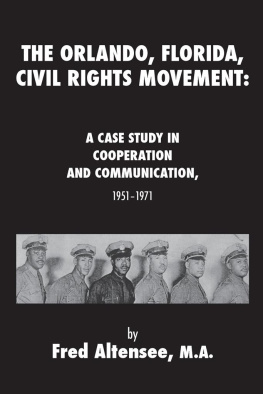
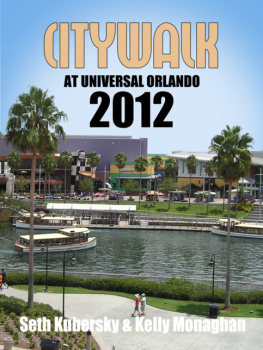

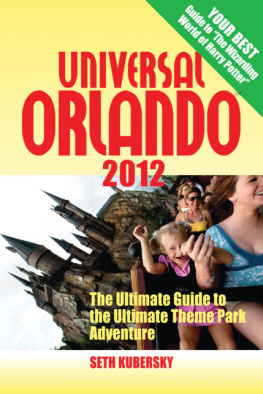

![Laura Lea Miller - Frommers Walt Disney World & Orlando with kids [2010]](/uploads/posts/book/213893/thumbs/laura-lea-miller-frommer-s-walt-disney-world.jpg)
